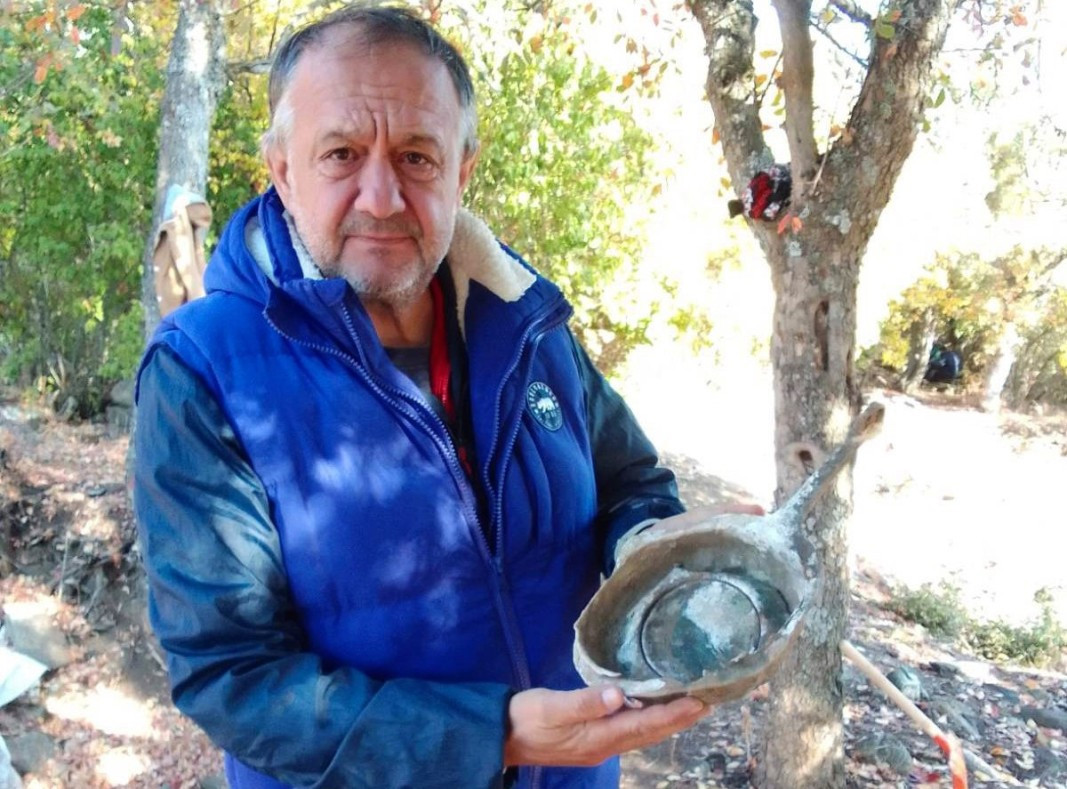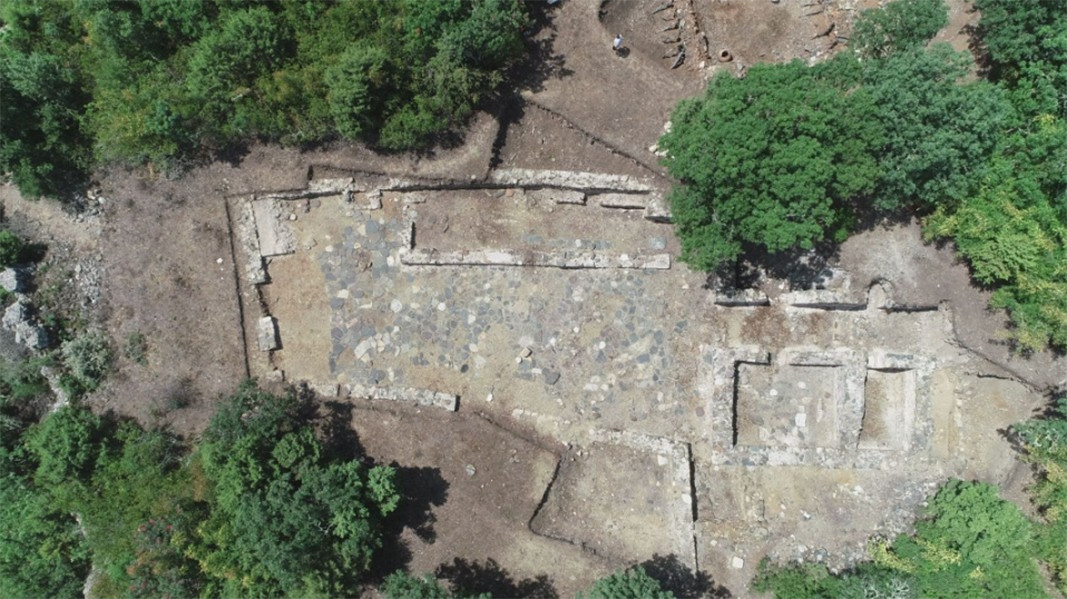An inscription from the time of Bulgarian Tsar Simeon the Great (893 – 927) was discovered in the Medieval fortress Balak Dere near Huhla village in the Eastern Rhodopes. Experts say it is one of the earliest known texts in the Cyrillic alphabet.
The folded lead lamina was found in the autumn of last year during archaeological excavations near the fortress, but to begin with the inscription was invisible. It was only noticed by the photographer of the expedition in the process of documenting the monument. And it took several months to establish what the amulet actually was.

“After being duly cleaned, conserved, and the epitaphs deciphered, we established, with absolute certainty that the lead plate is from the 10th century. What is more, the plate itself was found in the archaeological layer where 10th century coins and belt appliqués from that period were discovered,” said, in an interview with BNR-Kardzhali, the chief curator of the National History Museum Ivaylo Kanev, who found the artefact.
It was believed that such apotropaic amulets protected their owner from the evil eye, magic spells and disease. Around 50-60 such 10th century artefacts found in Northeastern Bulgaria have so far been studied, but the find in Balak Dere is unique, with no equivalent so far, researchers say.

“The difference is that what we have here is a supplication, even the names of the supplicants are known – Nikola and Pavel,” Ivaylo Kanev explains. “They are asking St. Dimitar to intercede with God on their behalf and protect them from such-and-such calamities, as, the authors say, and I will quote the last line which is very canonical and astonishing, because we have never seen anything like it before: “…wash his face with grace, exonerate the shame, heal, oh, Saint, because His is the glory, and the honour, and the state, now and forever, Amin!” Very well structured, like a canon, there are no simple wishes here. That is the other novelty.”
The artefact reveals important details from Bulgaria’s history in the early 10th century. According to experts, the lead plate with a long Cyrillic text shows that at Balak Dere fortress, just 30 kilometres from Edirne, a Bulgarian garrison was stationed under Tsar Simeon the Great.
But who did the amulet belong to, and how did it find its way here?

More:
Interview by Galina Stefanova, BNR-Kardzhali
Compiled by Veneta Nikolova
Translated from the Bulgarian and posted by Milena Daynova
Photos: courtesy of Ivaylo Kanev, BTA
A key to our heritage and national identity, the Glagolitic alphabet is an alphabet and a message to Europe, surrounded by many hypotheses. To mark the 1170th anniversary of its creation, we take a trip back to the 9th century, when the brothers Cyril..
A Bulgarian delegation, led by Minister of Justice Georgi Georgiev, attended the enthronement of Archimandrite Gavriil as abbot of the Zograf Monastery in Mount Athos. Hieromonk Gavriil elected new abbot of Zograf Monastery “This is a..
On 10 May we mark 72 years since the restoration of the Bulgarian Patriarchate, whose existence ended at the end of the 14th century when Bulgaria fell under five centuries of Ottoman rule. Efforts to restore it began in the Renaissance. In 1870 the..

+359 2 9336 661
